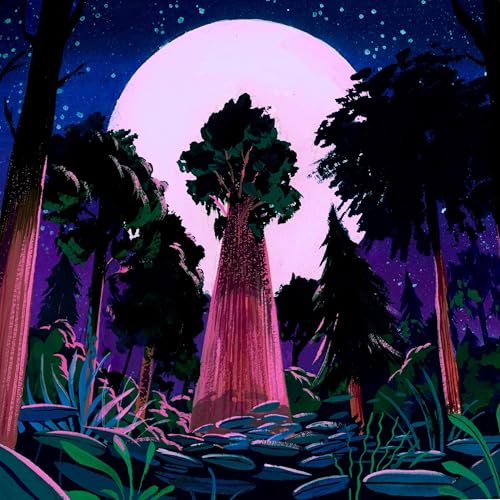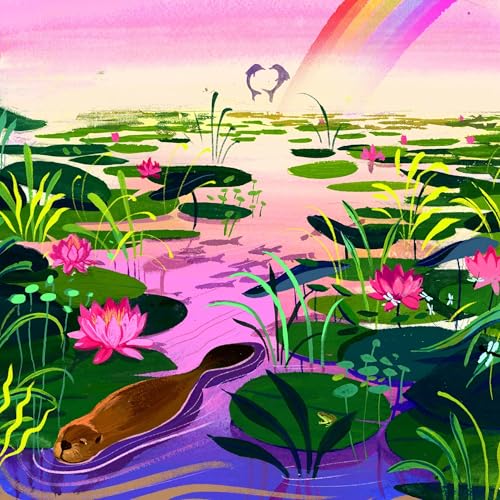Artist Ashley (Ash) Eliza Williams was so shy growing up that they found it hard to speak to people. Instead, they withdrew from the world of humans and found comfort in the forest, where they spent hours exploring, scavenging, and collecting — eventually discovering lichen. They began painting portraits of lichen’s wild, colorful, and fuzzy shapes.
In time, Ash learned that lichen is actually a composite organism, a mixture of two species — algae and fungi — working together to live. This idea originally challenged evolutionary theory so much that scientists didn’t believe it. But lichen had much more to teach us.
Chef Prashanta Khanal fills us in on the food science of lichen, and how its collaborative powers also extend to making certain foods healthier! Learning that lichen draws its strength from collaboration eventually encouraged Ash to break out of their shell and reconnect to the world, where they would find not just friends and collaborators, but their true love.
Since the release of this podcast, artist Ash Eliza Williams goes by Ash and uses they/them pronouns.
Check out Ash Eliza Williams’s beautiful paintings.
Visit chef Prashanta's cooking blog, the Gundruk, for more on Nepali food history and recipes.
This episode features punk rock legend Laura Jane Grace, who makes a musical cameo on the song The Fuzzy Ruckus. Watch the music video and find the link to stream on our songs page.
Terrestrials was created by Lulu Miller with WNYC studios. This episode was produced by Brenna Farrel, Mira Burt-Wintonick, Alan Goffinski, Ana González, Tanya Chawla, Joe Plourde, Sarah Sandbach, Valentina Powers and Lulu Miller. Fact-checking by Diane Kelly. Transcription by Caleb Codding.
Special thanks to Siya Sharma-Gaines, Niran Bhatt Scharpf, Scott LaGreca, and Sarita Bhatt.
Our advisors are Ana Luz Porzecanski, Andy J. Pizza, Anil Lewis, Dominique Shabazz, Liza Demby, Princess Daazhraii Johnson and Tara Welty.
Learn more about storytellers, listen to music, and dig deeper into the stories you hear on Terrestrials with activities you can do at home or in the classroom on our website,
Terrestrialspodcast.org.
Badger us on social media: @radiolab and #TerrestrialsPodcast or by emailing us at terrestrials@wnyc.org.
HEY GROWN-UPS!
Love the show? Leave us a ⭐⭐⭐⭐⭐ rating and review on your podcast app—it helps curious listeners find us!
We want to hear from you! Share your thoughts about Terrestrials with us.
Subscribe to our weekly newsletter for bite-sized essays, activities, and ways to connect with the show.
Follow us on YouTube, Instagram, and TikTok for behind-the-scenes extras and more.
Listen to original music from Terrestrials on Spotify, Apple Music, or our music page.
Got a badgering question for the team? Email us at terrestrialspodcast@wnyc.org or submit a voice memo with your name, age, and your question using this form!
Terrestrials is made possible in part by listeners like you. Support the show by joining Radiolab’s membership program, The Lab—and we’ll send you a special thank-you gift from our team!
 Nov 27 202527 min
Nov 27 202527 min 37 min
37 min Nov 13 202535 min
Nov 13 202535 min 26 min
26 min Oct 16 202528 min
Oct 16 202528 min Oct 2 202532 min
Oct 2 202532 min Sep 18 202529 min
Sep 18 202529 min 27 min
27 min
